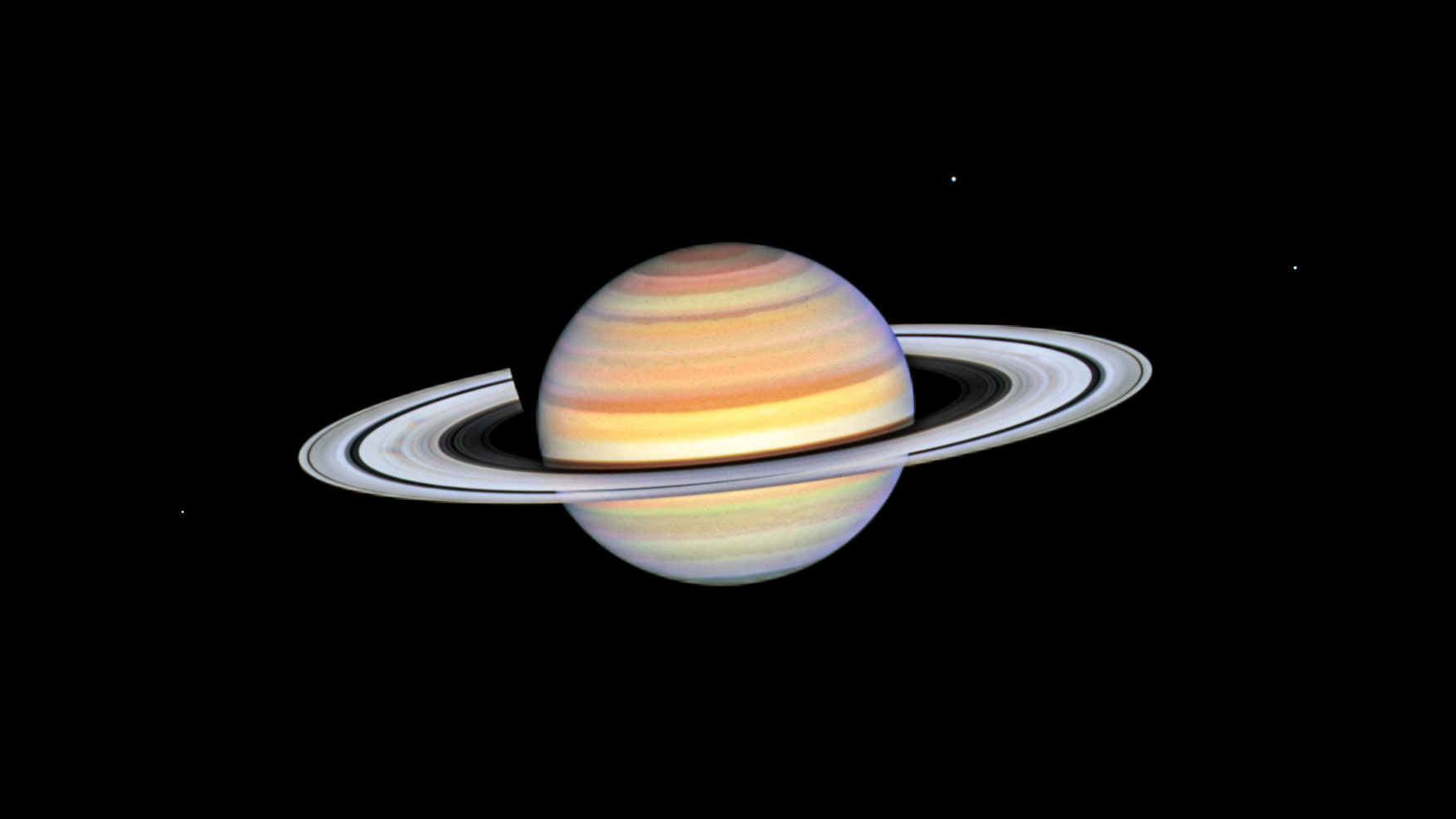3 min read

Each year the Cassini Science Team chooses the best science stories of the year. These are their picks for 2006:
NASA's Cassini spacecraft may have found evidence of liquid water reservoirs that erupt in Yellowstone-like geysers on Saturn's moon Enceladus. The rare occurrence of liquid water so near the surface raises many new questions about the mysterious moon.
Saturn sports a new ring in an image taken by NASA's Cassini spacecraft on Sunday, Sept. 17, during a one-of-a-kind observation.
NASA's Cassini spacecraft has found lakes on Saturn's moon Titan. The lakes are most likely the source of hydrocarbon smog in the frigid moon's atmosphere. Finding the source of the complex soup of hydrocarbons in Titan's atmosphere has been a major goal for the Cassini mission and is a significant accomplishment.
We all know Earth rotates every 24 hours, but scientists have long had difficulty pinpointing how long the day is on Saturn. The magnetometer onboard the Cassini spacecraft has, for the first time ever, measured a periodic signal in Saturn's magnetic field, key information to finally understanding the length of a Saturn day and the evolution of this gaseous planet.
Scientists with NASA's Cassini mission have found evidence that a new class of small moonlets resides within Saturn's rings. There may be as many as 10 million of these objects within one of Saturn's rings alone.
NASA's Cassini spacecraft has seen something never before seen on another planet -- a hurricane-like storm at Saturn's south pole with a well-developed eye, ringed by towering clouds. The "hurricane" spans a dark area inside a thick, brighter ring of clouds. It is approximately 8,000 kilometers (5,000 miles) across, or two thirds the diameter of Earth.
Cassini scientists are on the trail of the missing moons of Saturn. A recent observation by the spacecraft leads them to believe that they will find the moons near newly discovered rings around the planet. During an unprecedented opportunity, with the sun poised behind Saturn, Cassini scientists discovered two new rings and confirmed the presence of two others. The new rings are associated with one or more small moons and share their orbits with the moons, while scientists suspect a moon is lurking near a third ring.
Liquid methane drizzles on the surface of Titan, a moon of Saturn, according to a paper by NASA and university scientists in the journal, Nature. Data from the European Space Agency's Huygens probe indicates there is a lower, barely visible, liquid methane-nitrogen cloud that drops rain to the surface of Titan.
Scientists with NASA's Cassini mission have spied a new, continuously changing feature that provides circumstantial evidence that a comet or asteroid recently collided with Saturn's innermost ring, the faint D ring.
An unexpected radio reflection from the surface of Titan has allowed ESA scientists to deduce the average size of stones and pebbles close to the Huygens' landing site. The technique could be used on other lander missions to analyse planetary surfaces for free.







